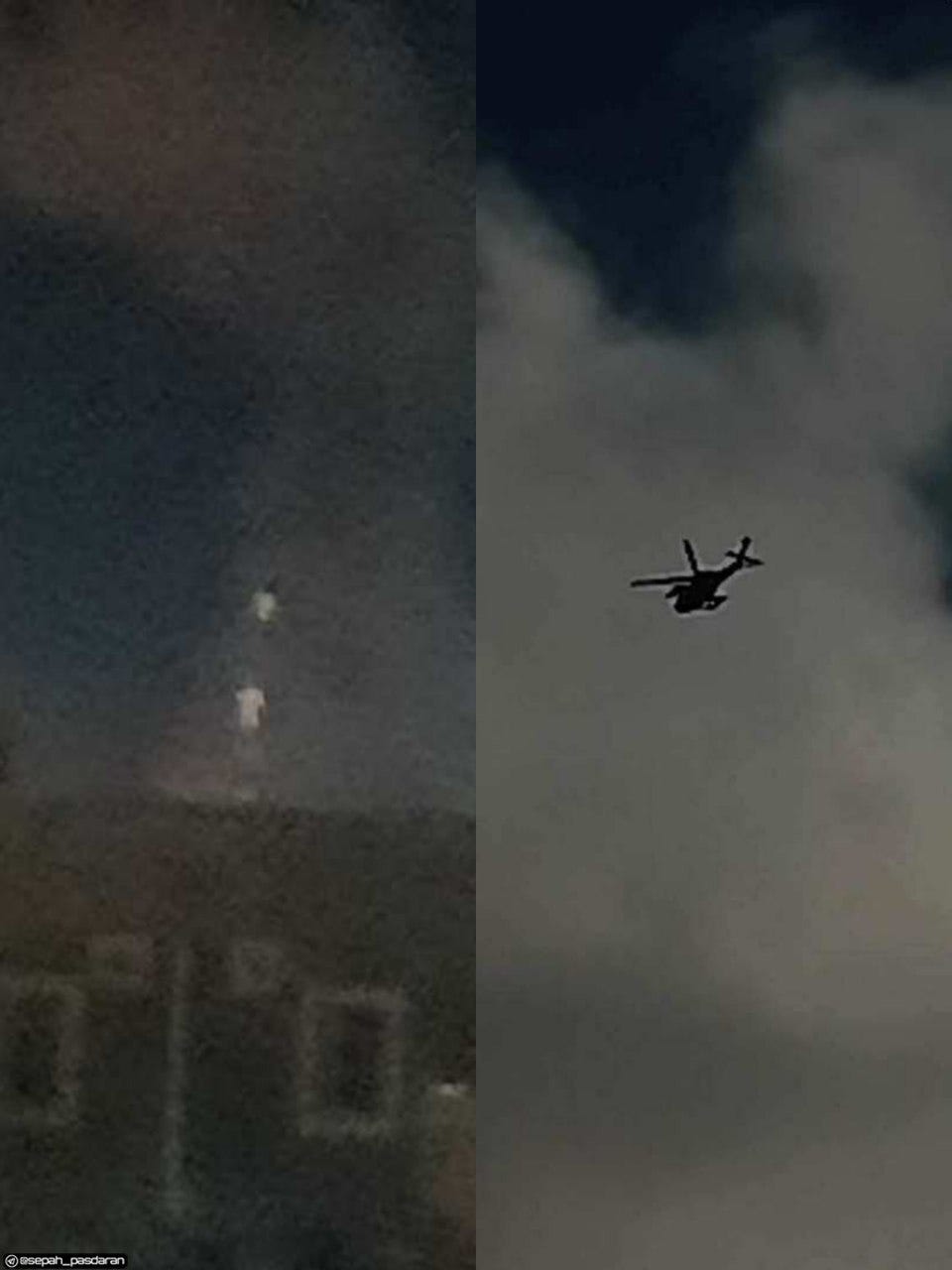FLASH REPORT: U.S. Retaliatory Strikes in Iraq and Syria and Potential Threat Group Responses
J.M. Larrier provides an analysis on potential threat group responses as a result of recent US airstrikes against groups responsible for the killing of three soldiers in Jordan.
by J.M. Larrier - Defense Bulletin
Situation
At 4:00 PM EST, the United States launched retaliatory strikes against Iranian-linked militia targets in Iraq and Syria, following a deadly drone attack on a U.S. military outpost in Jordan last Sunday that killed three American service members and wounded more than 40 others. USCENTCOM has stated that they used 125 precision munitions to target 85 separate targets. No strikes were conducted inside Iran.
Two B-1B bombers armed with conventional payloads also took part in the strikes. Reports have also said that Jordanian F-16s will take part in future strikes. So far, we can confirm that the Syrian Arab Army, the Popular Mobilization Front (PMF) in Iraq, and IRGC militia bases in Syria were targeted in these strikes. According to the Syrian Observatory for Human Rights, 18 fighters have been killed in Syria, with inconsistent reports of dead and wounded coming out of Iraq.
Areas in and around the Deir ez-Zor Governorate in Syria, Al-Qa'im and Abu Kamal in Iraq bore the brunt of these strikes. Per the CENTCOM statement, the targets of these strikes were "command and control operations centers, intelligence centers, rockets, missiles, unmanned aerial vehicle storage, and logistics and munition supply chain facilities of militia groups and their IRGC sponsors who facilitated attacks against U.S. and Coalition forces." These strikes are expected to continue in the coming days.
Analyst Comment:
It is important to note that the U.S., rather unusually, telegraphed each step of its preparations for these retaliatory strikes through various news and media organizations. This has caused many to question how effective these strikes could have been due to numerous reports of IRGC and key decision-makers within their various proxy groups evacuating operational bases and/or returning to Iran.
Analyst Assessment:
Given the unusual reporting by U.S. officials on the timeline of impending strikes, it’s likely that many decision-makers within the IRGC who were spread across the region are now out of harm's way. As of right now, it is too early to give an accurate assessment of the total number of casualties, but so far, no decision-makers have been confirmed killed or wounded in the strikes.
This initial batch of strikes had the sole focus of degrading IRGC/Iranian-backed proxy logistical infrastructure, C2 (Command & Control) hubs, and munitions storage depots. The lack of extensive casualties and the nature of the targets (most importantly the C2 hubs) is likely an indicator that many of these fighters, especially decision-makers and their IRGC advisors, did indeed evacuate from known bases and C2 hubs.
Assessed Potential Response:
The U.S. has communicated that this campaign is set to be ongoing. If this is true, and U.S. decision-makers follow through with these strikes within days, there's a realistic
Keep reading with a 7-day free trial
Subscribe to The Grey Zone to keep reading this post and get 7 days of free access to the full post archives.





